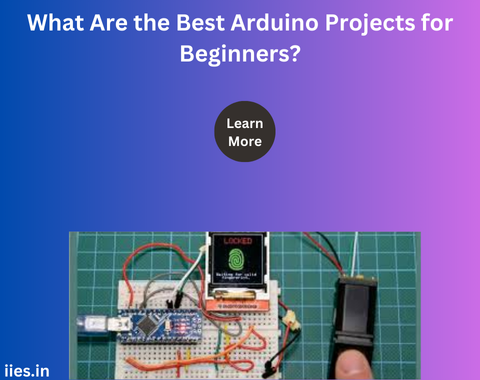
Arduino, an open-source electronics platform, has gained immense popularity among hobbyists, students, and even professionals. It’s renowned for its simplicity, versatility, and wide range of applications.
If you’re a beginner looking to dive into the world of Arduino, starting with beginner-friendly projects can help you grasp the fundamentals and build confidence. Here are some of the best Arduino projects for beginners:
The Blinking LED is often the first project recommended for Arduino novices. It’s simple yet fundamental, introducing you to the basics of Arduino programming and hardware interaction.
This project involves reading data from a temperature and humidity sensor (e.g., DHT11 or DHT22) and displaying it on the Serial Monitor or an LCD screen.
Controlling a servo motor is a fantastic way to learn about motor control and PWM (Pulse Width Modulation) with Arduino.
Creating a project that responds to light levels is an excellent way to understand analog inputs.
A mini traffic light system is a great way to understand multiple outputs and timing functions in Arduino.
Arduino offers a vast playground for creativity and learning. Starting with these beginner-friendly projects, you can build a solid foundation in electronics and programming. As you grow more confident, you can explore more complex projects and dive deeper into the exciting world of Arduino. Happy tinkering!
Indian Institute of Embedded Systems – IIES